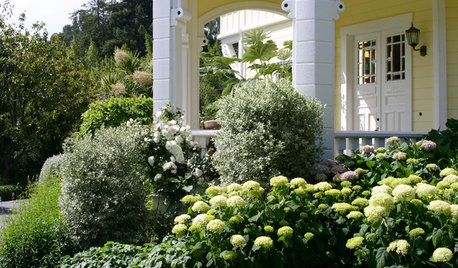Alkaline Soil
yumtomatoes
12 years ago
Featured Answer
Sort by:Oldest
Comments (13)
reg_pnw7
12 years agoyumtomatoes
12 years agoRelated Professionals
Lakewood Landscape Architects & Landscape Designers · Simi Valley Landscape Architects & Landscape Designers · West Chester Landscape Architects & Landscape Designers · Winder Landscape Architects & Landscape Designers · Ashburn Landscape Contractors · Barrington Landscape Contractors · Mount Kisco Landscape Contractors · The Villages Landscape Contractors · Alvin Decks, Patios & Outdoor Enclosures · Ashburn Decks, Patios & Outdoor Enclosures · Auburn Decks, Patios & Outdoor Enclosures · Kearns Decks, Patios & Outdoor Enclosures · Miami Decks, Patios & Outdoor Enclosures · Morgan Hill Decks, Patios & Outdoor Enclosures · Richmond Decks, Patios & Outdoor EnclosuresKimmsr
12 years agoyumtomatoes
12 years agoBelgianpup
12 years agoKimmsr
12 years agodchall_san_antonio
12 years agoyumtomatoes
12 years agogatormomx2
12 years agotoxcrusadr
12 years agopnbrown
12 years agotoxcrusadr
12 years ago
Related Stories

GARDENING GUIDESGrow a Beautiful Garden in Alkaline Soil
Got alkaline soil? Learn how to manage it and the many beautiful plants that will thrive in this ‘sweet’ soil
Full Story
GARDENING GUIDESHave Acidic Soil in Your Yard? Learn to Love Gardening Anyway
Look to acid-loving plants, like conifers and rhododendrons, to help your low-pH garden thrive
Full Story
GARDENING GUIDESGet the Dirt on Your Garden’s Soil
Understand how your soil supports your plants so you can ensure your garden’s success
Full Story
FARM YOUR YARDHow to Get Good Soil for Your Edible Garden
The nutrients in your soil feed the plants that feed you. Here are tips on getting it right — just in time for planting season
Full Story
GARDENING GUIDESGardening Solutions for Heavy Clay Soils
What’s a gardener to do with soil that’s easily compacted and has poor drainage? Find out here
Full Story
GARDENING GUIDESHow to Stop Worrying and Start Loving Clay Soil
Clay has many more benefits than you might imagine
Full Story
GARDENING AND LANDSCAPINGHave a Ball With Hydrangeas
Even if you don't tinker with the hue by changing the soil, hydrangeas have an entertaining range of uses in all kinds of landscapes
Full Story
GARDENING GUIDESCommon Myths That May Be Hurting Your Garden
Discover the truth about fertilizer, soil, staking and more to keep your plants healthy and happy
Full Story
GARDENING GUIDESHow to Prep Your Ground for a Healthy New Lawn
Seed or sod that falls on weedy, lumpy soil is a wasted effort. Follow these steps to ensure that your new lawn will thrive
Full Story
GARDENING GUIDESGarden Myths to Debunk as You Dig This Fall and Rest Over Winter
Termites hate wood mulch, don’t amend soil for trees, avoid gravel in planters — and more nuggets of garden wisdom
Full StoryMore Discussions







yumtomatoesOriginal Author